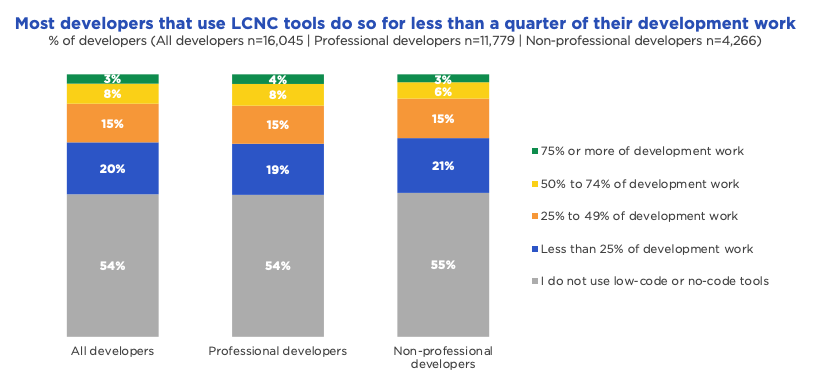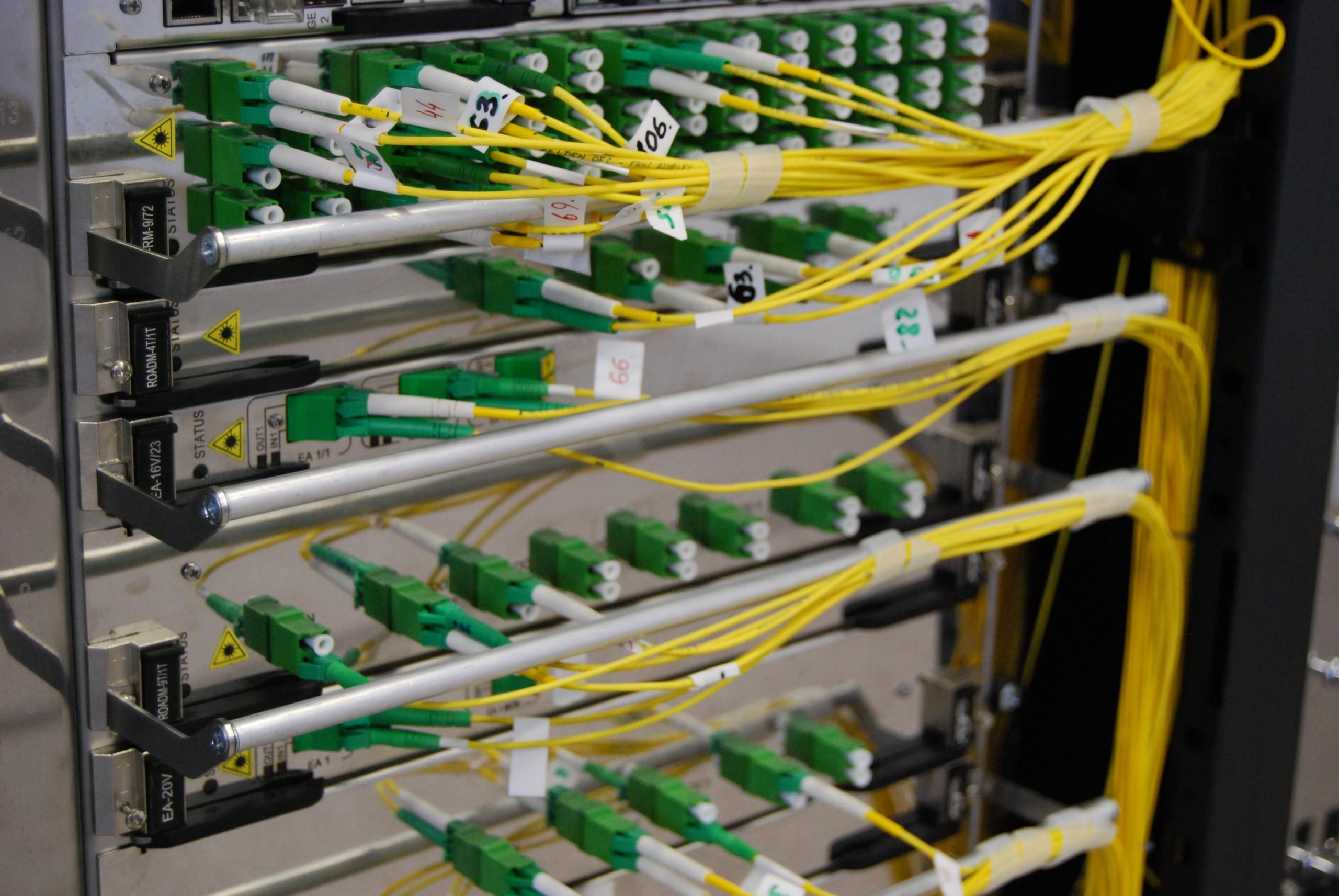You don’t have to run. But you do have to exercise a little every week. Your news feed and social media will be full of exercise tricks and gadgets, but the official recommendations are really simple: 150 minutes of moderate exercise like walking or cycling, or 75 minutes of running or similar.
You can easily fit 150 minutes of walking into your week in 15-minute intervals. Get off the bus or train a little before your destination and walk for 15 minutes. If you do that on the way to work and on the way home, that gives you 30 minutes each work day. If you are in the office five days a week, that adds up to 150 minutes.
If you are working from home, walk to work anyway. That means taking a 15-minute walk around the block when you start your workday, and another 15-minute walk when you end it. That has the added benefit of setting boundaries around your work time. The first walk can put you into focused “work mode”, and the second walk can allow your mind to change from work to relaxation.










